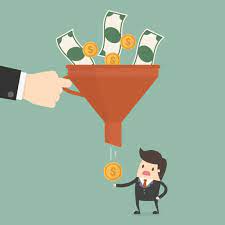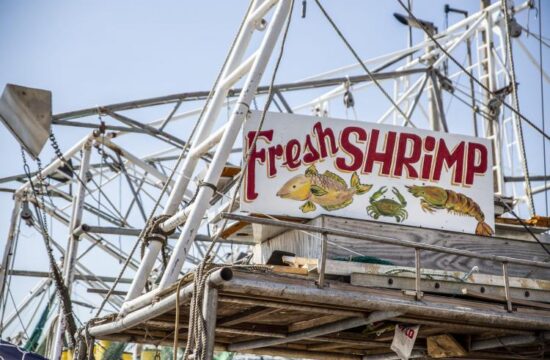Jeffrey Gibson: Like A Hammer is comprised of 65 pieces. It reflects Gibson’s journey of self-discovery and his acceptance of various cultural and social experiences that have shaped and challenged him. Gibson stated, “I try to make it clear that I’m not really interpreting their (Native American) history.” I’m interested in the history of a material. “I’m trying to understand why this material didn’t exist in the past and then try to find new ways to use it in a contemporary story.” This is the first Mississippi appearance of Gibson’s work. It was first organized by Denver Art Museum. The exhibition will be displayed at the Seattle Art Museum after it ends in Jackson. It will then be shown at the Museum of Contemporary Art Madison, Wis. Gibson believes Mississippians might see Gibson’s art differently from people who live elsewhere. Gibson stated, “I believe people have an awareness that a lot of subtleties exist in the work that are often times not acknowledged by other communities or seen in those who are looking at it.” “I’m from the Northeast and I have an awareness of, for example, the history of slavery and civil rights in the South. It’s not something you can have unless you have a family connection that will make it worthwhile. This history has been a part of the lives of many Mississippi families. It adds an additional dimension to the work that doesn’t always happen elsewhere.” Gibson is unabashedly politically conscious, but the vivid texture of his pieces, including acrylic paintings and Everlast punching bags, almost obscures the artist’s commentary. Gibson believes that his art creates a safe place for interpretations and theories, despite the provocative topics he discusses. He said, “I think that I choose words and I choose formats which can be non-confrontational since they’re beautiful.” They can be non-confrontational, because they fall under the history of ornament and decorative. These are all things that we have never considered weapons. These are not things we would consider aggressive tactics. He believes that his art is more psychological than aggressive. Gibson was able to create his own safe space, his studio. This was the first step in his acceptance as a Native American gay artist. He said, “If you spend enough times in a place where you don’t feel threatened, then you will develop a way to think, exist, and move without feeling under threat.” Betsy Bradley, museum director, stated that it would be difficult for people to pay for this work. It is about equity and access as well as pulling people in through different cultures and conversations. Visit msmuseumart.org for more information about the Jeffrey Gibson: Like A Hammer exhibit, which is free and open to the public. *Disclosure: Jim Barksdale and Donna Barksdale are both members of the Mississippi Today board as well as donors.










